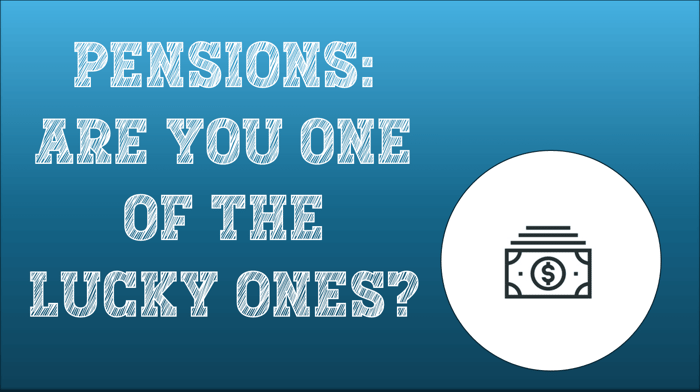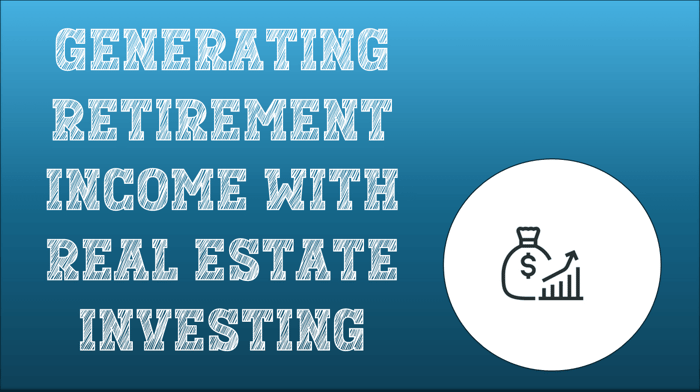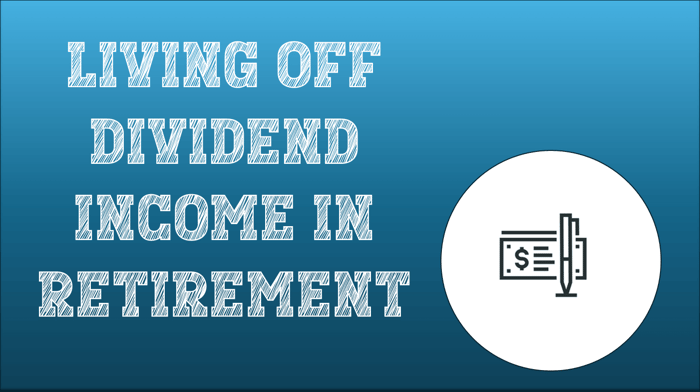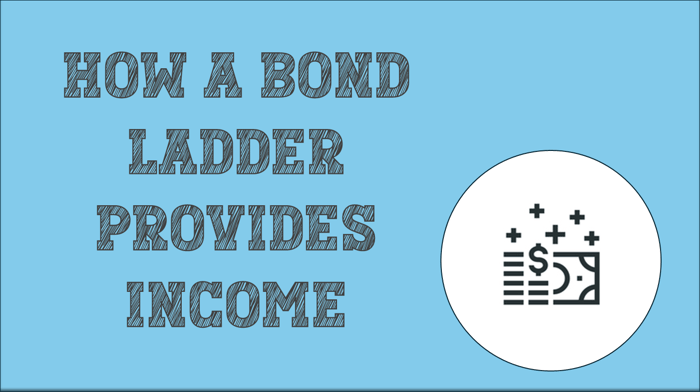When I was a young boy, my father lectured me on the importance of finding a job with good retirement benefits. His favorite subject was pensions. He could talk about them for weeks at a time. One of my favorite of his phrases was, “If you’ve got a solid pension, that means you’re covered. You can get old with no worries!”
He was exaggerating, of course, but not by that much. Having a guaranteed “salary” after retirement was big– big as the mighty, 20-foot-high tyrannosaurus rex. Like he said, It meant you were covered– covered for life. At least your income was.
This awe-inspiring benefit has also mostly gone the way of the T-Rex: extinction. Did you know the closest living relative of the T-Rex is the common chicken? That’s about the size of the share that pensions comprise of retirement benefit packages these days.

What is a Traditional Pension?
There are several different kinds of pension plans. However, when most people think of a pension, they’re thinking of a defined benefit (DB) pension plan. These plans are typically straightforward. Your employer agrees to pay you a certain amount each year after retirement until you die. The amount you’re paid is based on your salary and your years of service.
The key component of DB pensions is that doing your job marks the end of your obligations. The responsibility of providing for your retirement income each year rests squarely on the shoulders of your employer. This benefit allows you to rest easy in retirement, knowing you have a secure income stream that you can’t outlive or get fired from.
These days, traditional pensions are a rare find. As of 2023, only about 15% of workers had access to traditional pensions, according to research by the Department of Labor Statistics. Thirty years ago, that number was closer to 60%.
Many large companies have decided that DB pension plans are too costly and have decided to phase out the traditional plan in favor of less expensive alternatives like 401(k)s.
Want to read more about pensions and other forms of retirement income? Check out my book Be the Bird for a thorough analysis of financial retirement concepts.
Buy 'Be the Bird' How Reliable is Pension Income?
One common misconception concerning pensions is that they aren’t reliable. Many people believe that their money is dependent on the company they worked for. In actuality, most pensions are insured by the Pension Benefit Guaranty Corporation (PBGC). The PBGC is a branch of the federal government created to ensure that retirees would receive what was promised to them even in the event of a company shutdown.
The benefits of a federally insured income stream make pensions one of the most secure sources of retirement income.
Needs, Wants, and Wishes
According to my Needs, Wants, and Wishes framework, you should allocate a reliable source of income to pay for your Needs. For people who have them, pensions can serve as an excellent income floor for this purpose as long as they are sufficient.
Living within the means of your pension for your Needs frees you up to safely pursue your wants and wishes with other pieces of your retirement portfolio.
Cost of Living Adjustments
One thing to keep in mind when considering your pension is its Cost of Living Adjustment (COLA). Most state and government pension plans feature a COLA compared to only 10% of corporate pensions. A COLA adjusts the payout of your pension according to the annual rate of inflation as determined every October by the Social Security Administration, according to the Consumer Price Index (CPI).
If your pension plan doesn’t have a COLA, it will decrease in relative value over time as inflation rises.
For instance, annual inflation in 2022 was 8.7%. The COLA for 2023 was also 8.7%, meaning a monthly pension payment of $5,000 in 2022 was raised to $5,435 in January 2023.
However, a pension without COLA protections would be an effective reduction in pay. The spending power of that $5,000 is only $4,599 due to inflation.
This is an extreme example, and typically, inflation hovers around 1-3%. Over time, this has a drastic effect on pensions that are not adjusted for COLA, which should be taken into consideration when projecting Needs expenses.
Pension Buy-Outs
As mentioned previously, DB pension plans can be expensive for companies. That’s why many companies reach out to their younger employees and offer to buy them out. In other words, these employees have the option of taking money today in exchange for their future pension payments.
Should You Accept a Pension Buy-Out Offer?
To get a better understanding of how this applies to you, let’s work through a real-life example. In this example, Joe was due a monthly benefit of $427.50 to begin when Joe turned 65 years old. His company contacted him with two different buyout offers. The first offer was a lump sum $28,205.97, and the second offer was a single life annuity payment of $111.70 per month starting immediately.
The key to deciding which option to take is understanding each option's market value in today’s dollars.
As we can see in the table below, option A is of far greater value than the latter two. However, the other two options offer immediate payments.
The next step in analyzing a buyout offer is calculating the annual rate of return needed to receive (assuming one took the lump sum option) to equal the current market value of Joe’s pension plan.
This can be done by calculating the internal rate of return (IRR) of investing the lump sum today and then receiving the original pension benefits.

The last step in analyzing one’s options is considering the current state of the stock market. For instance, when the events in this example took place, the market was expecting lower returns, making the security of the pension plan seem more desirable.
Don’t Forget to Factor in Circumstances and Behavior
In the end, however, should your company offer to buy out your pension, the final decision should be based on these numbers AND your circumstances and behavior. If you have other investments that provide an adequate income floor, it could make sense to accept the buyout offer and invest it in an index fund, especially if you have a longer horizon to retirement.

Or if the pension is not inflation-protected, it might not be worth depending on as a secure form of income. In that case, you are also better off refusing the buy-out.
Just remember that the company’s buy-out offer is in their best financial interest, which is why they are making it. And being in their best interest probably means it isn’t in yours.
All else being equal, the strongest probability is that you should keep your pension and not accept the buyout.
Considering a pension buyout? Check out my free Retirement Income Cheat Sheet to assess what other income sources you might be able to access in retirement.






